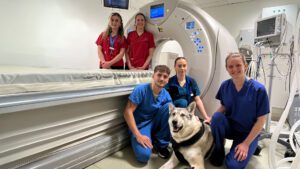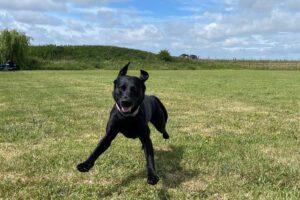Methods
Data were collected retrospectively from clinical cases treated by veterinary neurologists and additional information was collected prospectively with an ad-hoc online survey directed to owners of affected dogs.
Results
The episodes are characterized by generalized dystonia, tremors, titubation, and, in some cases, autonomic signs, such as salivation and vomiting. The median age at onset of the episodes was 3 years and the interval between clusters of episodes could last several months. Most of the episodes occurred from rest, and 67% of the owners reported that the episodes were associated with a trigger, most often excitement. Some owners reported an improvement after changing their dog's diet. We hypothesize that the Border Terrier attacks represent a form of paroxysmal nonkinesigenic dyskinesia.
Conclusion
The finding of a dystonia phenotype within an inbred population suggests a genetic predisposition, and elucidating the genetic cause could facilitate improved understanding of dystonia. This genetic predisposition and the effect of treatment with anticonvulsant drugs and dietary changes on the severity of the paroxysms warrant further investigation on this condition.
Summary
There have been anecdotal reports of episodic involuntary movements in the Border Terrier dog breed for over a decade. Recently, it has been hypothesized that this condition may be a form of paroxysmal dystonic choreoathetosis. The aim of this study was to characterize the phenomenology and clinical course of this condition and compare it to known human movement disorders.











